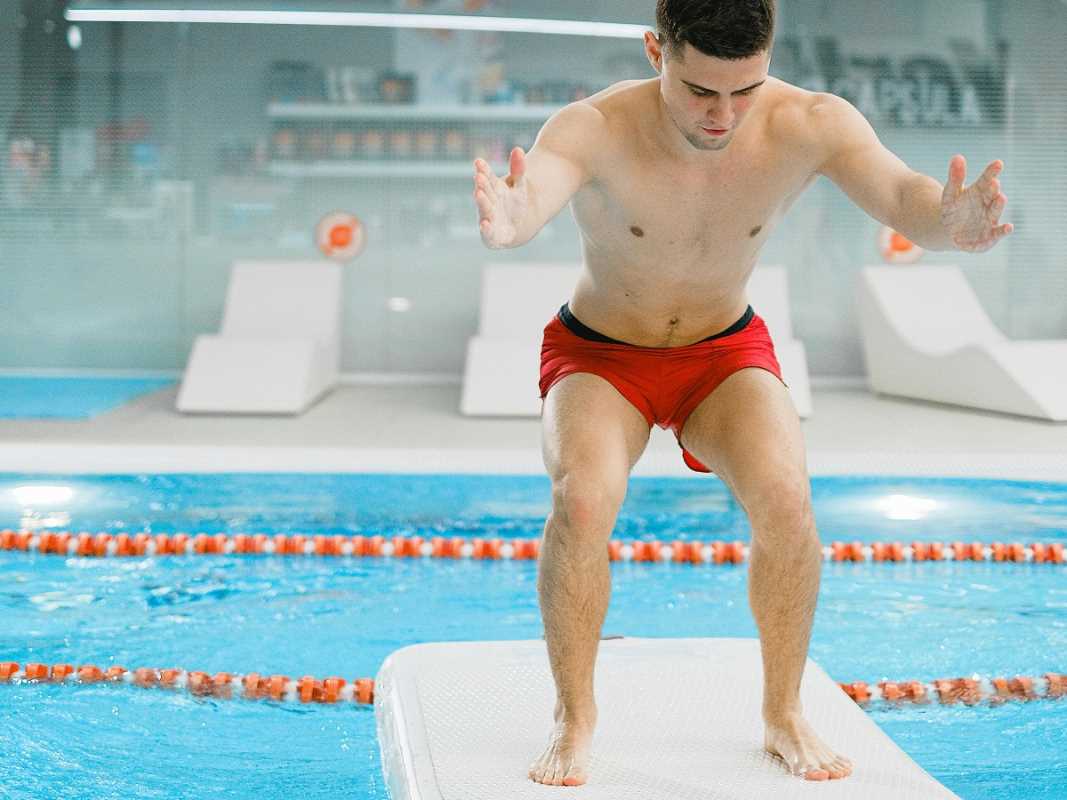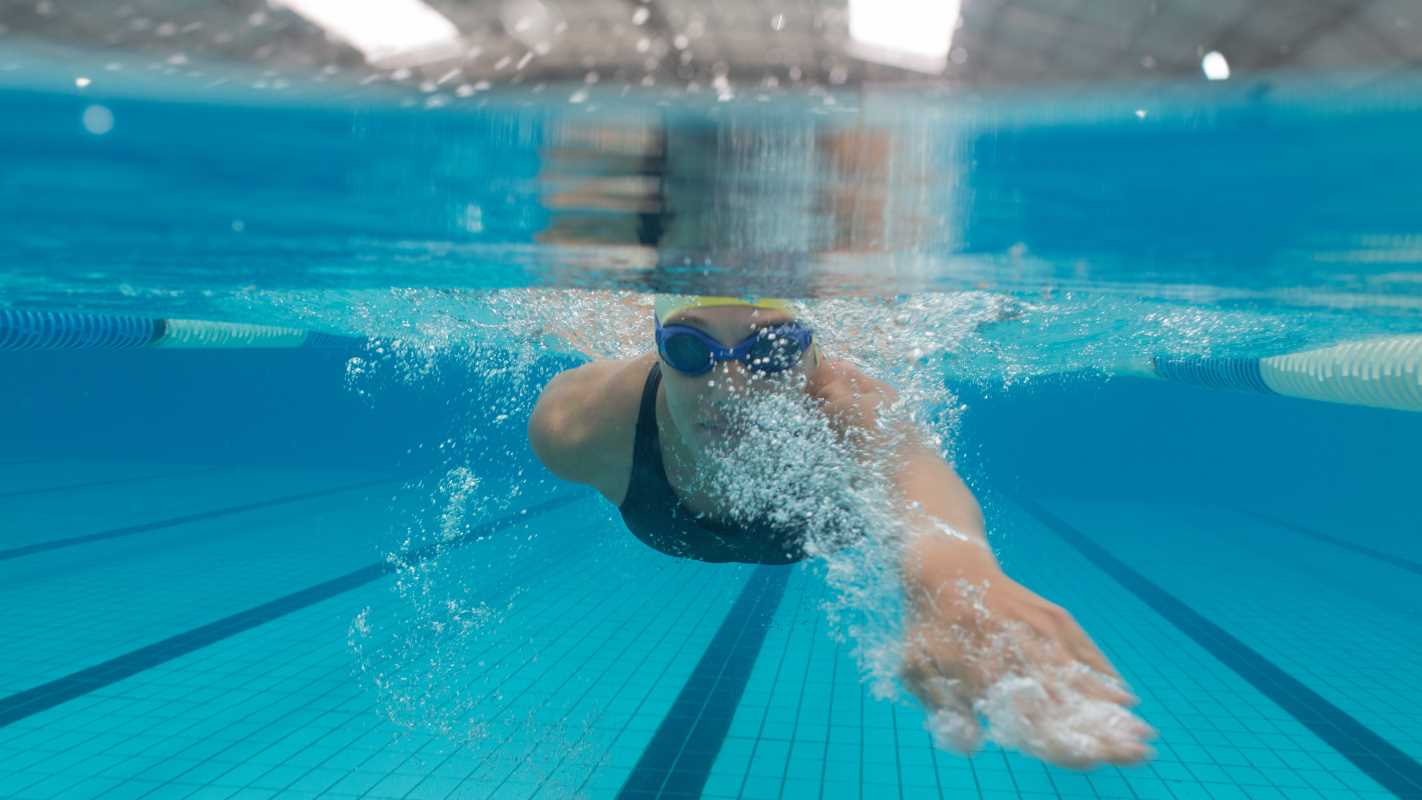To truly shine in competitive kickboxing, a fighter needs more than brute force and lightning-fast reflexes. Success hinges on a profound grasp of how their body moves and operates. This is where kinesiology-based precision training steps in, offering a scientific advantage that elevates performance. Through carefully tailored exercises and techniques, fighters harness the power of these principles to enhance their physical capabilities. By weaving this knowledge into their daily training, kickboxers not only sharpen their movements and reactions but also significantly reduce the risk of injuries, ensuring they remain a step ahead in the high-stakes environment of the ring.
Understanding Kinesiology for Kickboxing
Kinesiology, the study of human movement, plays a crucial role in kickboxing by analyzing how muscles and joints work together during combat. Understanding these biomechanics allows fighters to refine their techniques, ensuring each kick and punch gets executed with maximum efficiency.
Applying kinesiology principles helps kickboxers identify areas of weakness and imbalance in their bodies. This awareness assists in designing personalized training programs that address specific needs, whether it's improving flexibility, enhancing power, or increasing endurance. The result is a more balanced athlete who can perform at peak levels consistently.
Precision Training Techniques
- Dynamic Stretching Routines: Incorporate stretches that mimic kickboxing movements to improve flexibility and reduce the risk of injury.
- Proprioceptive Training: Enhance body awareness and coordination through balance exercises using stability boards or foam pads.
- Explosive Strength Drills: Focus on plyometric exercises like jump squats and medicine ball throws to increase power in kicks and punches.
- Reaction Time Drills: Use tools like agility ladders and reaction balls to sharpen reflexes and improve response speed.
- Core Stability Exercises: Strengthen the core with planks, Russian twists, and leg raises to support better movement and endurance.
These techniques target specific aspects of a kickboxer's performance, ensuring a well-rounded and effective training regimen. By systematically implementing these exercises, fighters develop the necessary skills to dominate in the ring.
Benefits of Precision Training
- Enhanced Performance: Tailored training improves overall strength, speed, and technique, giving fighters a competitive edge.
- Injury Prevention: Balanced muscle development and proper movement mechanics reduce the likelihood of common kickboxing injuries.
- Increased Endurance: Specialized conditioning boosts stamina, allowing fighters to maintain high performance throughout matches.
- Better Technique: Precision training hones specific skills, leading to more effective and efficient strikes.
- Faster Recovery: Improved muscle balance and flexibility aid in quicker recovery times between training sessions and fights.
These benefits collectively contribute to a kickboxer's long-term success and sustainability in the sport. Focusing on precision allows athletes to achieve consistent improvements and maintain peak physical condition.
Incorporating Kinesiology into Daily Training
Integrating kinesiology-based precision training into a daily regimen starts with assessing your current physical condition. Begin by identifying areas that need improvement, such as flexibility or core strength, and tailor your workouts to address these specific needs. For example, include dynamic stretches in your warm-up and dedicate time to core stability exercises during your training sessions.
Consistency proves key to seeing results. Schedule your precision training techniques alongside your regular kickboxing drills, ensuring a balanced approach that enhances both skill and physical fitness. Keep track of your progress through regular assessments, allowing you to adjust your training plan as needed to continue advancing your performance.
Related Techniques in Other Sports
Precision training isn't limited to kickboxing; many other sports use similar kinesiology-based techniques to optimize athlete performance. In tennis, for instance, players use precision training to improve their grip and stroke mechanics, leading to more powerful and accurate shots. Similarly, in basketball, players engage in proprioceptive and agility drills to enhance their court awareness and response times.
These techniques demonstrate the universal applicability of kinesiology in enhancing athletic performance across various disciplines. By adopting and adapting these methods, kickboxers draw inspiration from other sports to further refine their training approaches and achieve superior results.
Integrating kinesiology-based precision training in kickboxing enhances performance and ensures long-term athletic sustainability. Embrace these techniques to elevate your skills.
 (Image via
(Image via





